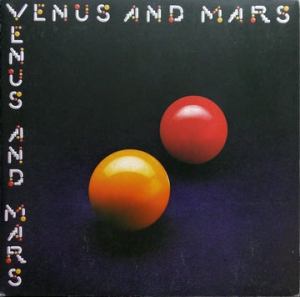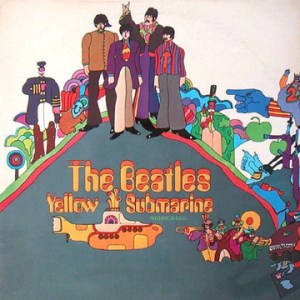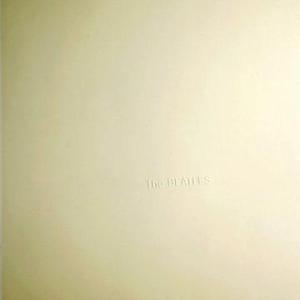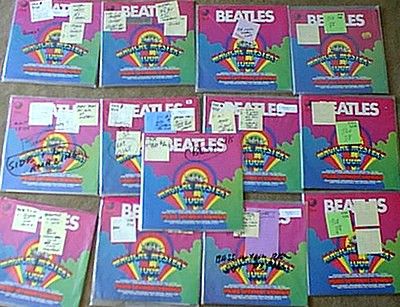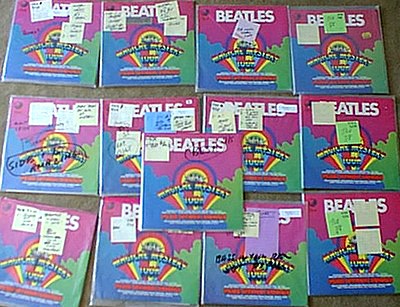More of The Beatles
More Records We Only Sell on Import Vinyl
- An excellent 2-LP compilation set from 1973 with roughly Double Plus (A++) grades on all FOUR sides
- Side two was sonically very close to our Shootout Winner – you will be shocked at how big and powerful the sound is
- Sides two, three and four of these German import pressings are rich, smooth and sweet, with plenty of Tubey Magic and little of the grain and grunge of the Brits, and side one is not far behind in all those areas (and don’t get us started on the domestics)
- You get clean, clear, full-bodied, lively and musical analog sound from first note to last (particularly on sides two, three and four)
- Twenty-seven(!) incredible songs, including “Penny Lane,” “Sgt. Pepper’s Lonely Hearts Club Band,” “Lucy In The Sky With Diamonds,” “All You Need Is Love” – and that’s just side one
- 4 1/2 stars: “As a précis of the group’s final 36 months, it’s all mightily impressive…”
- Not many compilation albums offer top quality sound, but this one does, and here are some others
This is a wonderful sounding early German import 2-LP set. We are on record as finding the British pressings of 1967-1970 too bright; certainly most of them are anyway.
(The original domestic pressings, as anyone who has ever played one can attest, mastered at Sterling no less, are absolutely godawful.)
Like most compilations, some songs sound better than others, but “Don’t Let Me Down” and “Come Together” are two that really stand out here. For those of you out there who have never tried one of our Hot Stamper Beatles records, this may be the best sound you’ve ever heard from them. The CDs — even the new ones — sure don’t sound like this!



